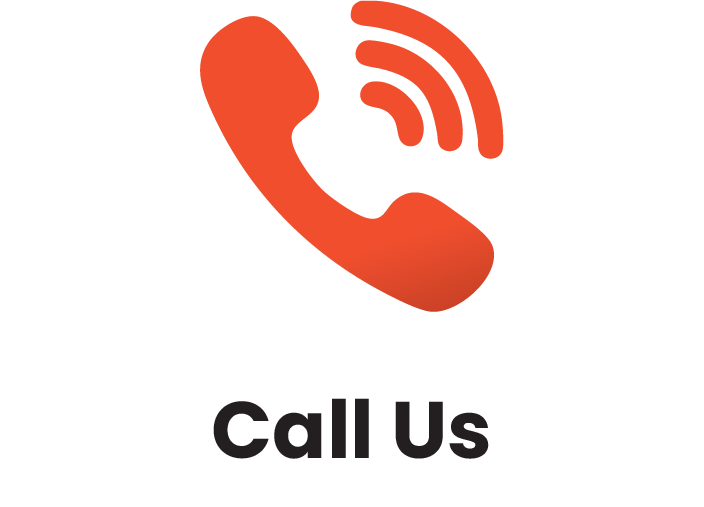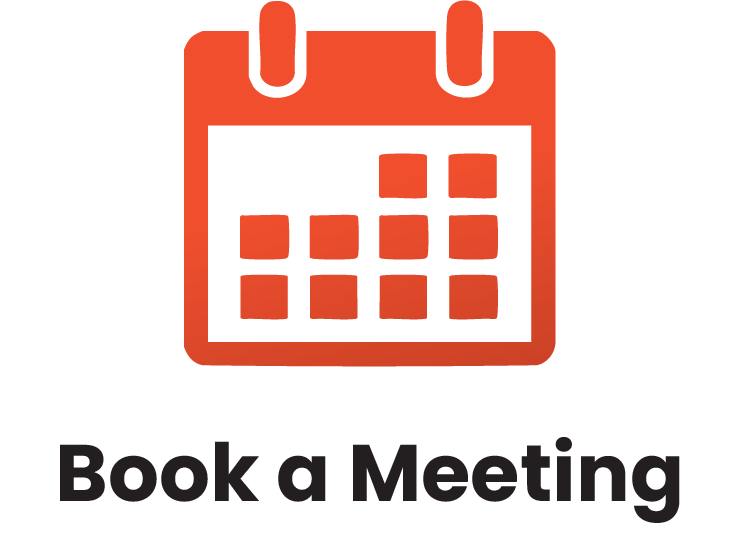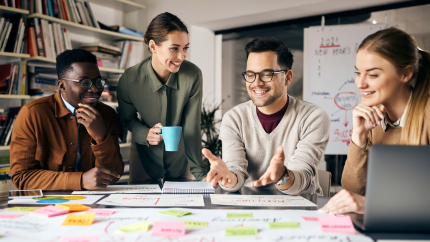Interactive training sessions led by experienced facilitators.
What is In-Person, Instructor-Led Training?
Our in-person training is delivered by a live facilitator who works directly with your team at your location. It’s our most popular format because it allows for real-time interaction, hands-on learning, and direct support.
Every session is tailored to your team’s specific goals, industry, and challenges—no generic, one-size-fits-all programs. Whether it’s a single session or a full training series, we design the experience to be relevant, practical, and fully aligned with your needs.
What is Live Webinar Training?
Live webinars are facilitator-led training sessions delivered online in real time. They’re ideal for teams working in different locations or with busy schedules.
This format offers shorter, more frequent sessions that are easy to coordinate—making it a convenient option for organizations with remote or distributed teams.
What is Virtual Classroom Training?
Virtual Classroom training is live, instructor-led training delivered online. It offers the same interactive experience as in-person sessions, with real-time discussions, group activities, and instructor feedback.
It’s a flexible option for organizations that want to reduce travel, save costs, or better fit training into busy schedules.
What is a Lunch & Learn Session?
Lunch & Learn sessions are short, facilitator-led training sessions delivered in person or online—typically during the lunch hour. They focus on specific topics or skills and offer a quick, engaging way to learn without a full-day commitment.
These sessions can be offered as one-time events or as part of a series, making them a great option for ongoing, bite-sized learning.
Online Learning
Enjoy our self-paced option and learn from anywhere!
$279.00 USD
Communication Strategies
Have you ever wondered why it seems so difficult to talk with some people and so easy to talk with others? Can you recall an occasion where you met someone for the first time and immediately liked that person? Something about the individual made you feel comfortable.
A major goal of this workshop is to help participants understand the impact that their communication skills have on other people. They will also explore how improving these skills can make it easier for them to get along in the workplace, and in life.
What Will Be Covered
LEARNING OBJECTIVES
Learning Objectives
This two-day workshop will help participants learn how to:
- Identify common communication problems that may be holding them back
- Develop skills to ask questions
- Learn what their non-verbal messages are telling others
- Develop skills in listening actively and empathetically to others
- Enhance their ability to handle difficult situations
- Deal with situations assertively


A Deeper Look
COURSE OUTLINE
A breakdown of each session included in this course.
Creating Positive Relationships
During this session, participants will explore ten ways to build positive relationships, including using uplifting messages.
Growing Self-Awareness
Our confidence in our ability to express ourselves well and to keep our composure in difficult situations can be a crucial asset in the workplace. In this session, participants will complete a self-confidence assessment. Then, the group will discuss ways to improve their self-confidence.
Communication Basics
During this session, you will help participants identify their communication strengths and weaknesses through several reflective exercises.
Communication Barriers
After a large group case study, participants will work in small groups to discuss barriers to communication. Participants will also complete a short exercise to help them develop a habit of mindfulness.
Asking Questions
This session will examine questioning skills (including open questions, closed questions, and probing) through a lecture and a pairs exercise.
Listening Skills
Participants will work on their listening skills by participating in two quizzes and several group exercises.
Body Language
To start the second day, the trainer will talk about the idea of body language in a lecture. Then, participants will complete a small group exercise and a large group exercise to explore the concept further.
Communication Styles
This activity will allow participants to take a more objective look at the advantages and disadvantages of both sides of different dichotomies related to communication styles.
Creating a Positive Self-Image
During this session, we will look at the things people determine from your appearance. Participants will explore this idea further using the pictures gathered from the pre-assignment. The session will conclude with a self-evaluation exercise.
Frame of Reference
This session will explore our frame of reference and the assumptions that we make. Participants will also take place in an activity that will strengthen their ability to speak about communication concepts more easily.
Techniques for the Workplace
In this session, participants will learn about two key elements of an effective message: preparation and delivery.
Assertiveness
How we see ourselves has an impact on how we interact with others. Through lecture, case studies, and discussion, this session will investigate ways that participants can improve their self-image and thereby deal with difficult situations assertively and positively.













